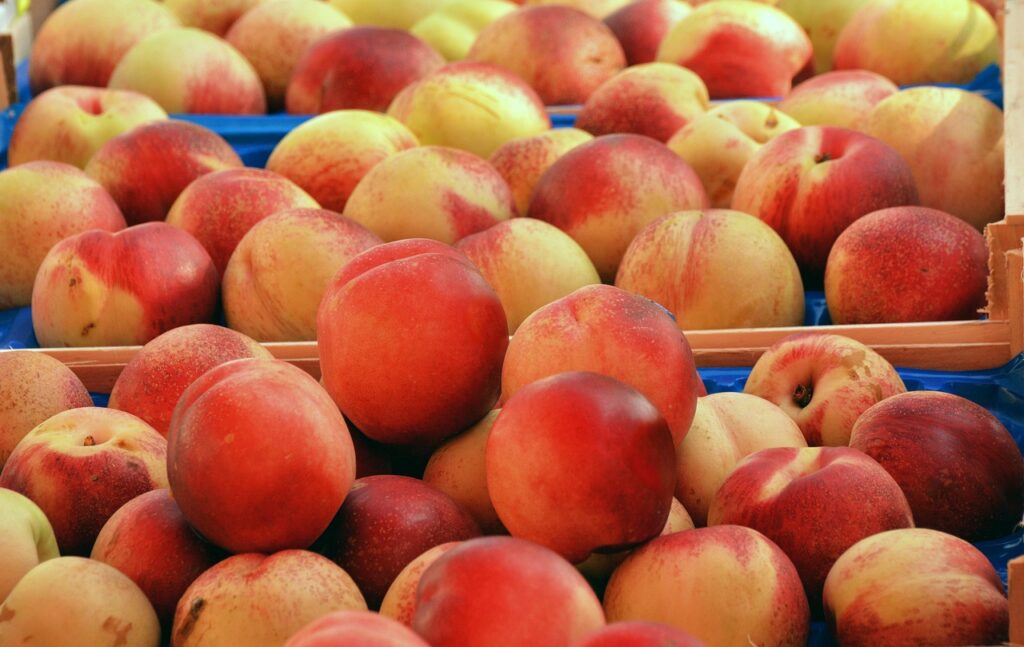Why is fruit testing and analysis important?
Apples oranges kiwis pears and lemons! Fruit testing and analyses are performed by farms, produce distributors, and food manufacturers before distribution for further manufacturing or consumption.
Fruit testing is a critical process that ensures the safety, quality, and nutritional value of fruits. It encompasses a variety of tests to detect contaminants, measure nutrient levels, and assess overall fruit quality. This article delves into the principles, methods, significance, and the role of third-party testing labs in fruit testing.
Principles of Fruit Testing
Fruit testing is guided by several key principles aimed at ensuring the safety and quality of fruits:
- Contaminant Detection: Identifying the presence of pesticides, heavy metals, and microbial pathogens.
- Nutritional Analysis: Measuring vitamins, minerals, and other essential nutrients.
- Quality Assessment: Evaluating factors such as sugar content, acidity, and ripeness.
- Shelf Life and Preservation: Determining the longevity and storage conditions of fruits.
Fruit Testing Methods
Various methods are employed in fruit testing, each suited to specific aspects of quality and safety:
- Pesticide Residue Analysis: Utilizes techniques like Gas Chromatography-Mass Spectrometry (GC-MS) and Liquid Chromatography-Mass Spectrometry (LC-MS) to detect and quantify pesticide residues.
- Microbial Testing: Employs culture-based methods and molecular techniques like Polymerase Chain Reaction (PCR) to identify pathogens such as E. coli, Salmonella, and Listeria.
- Nutritional Testing: Involves spectrophotometric and chromatographic methods to quantify vitamins, minerals, sugars, and organic acids.
- Physical and Chemical Testing: Includes measurements of pH, titratable acidity, and Brix (sugar content) to assess fruit quality.
- Shelf Life Testing: Uses accelerated aging tests and real-time storage studies to predict the shelf life and optimal storage conditions for fruits.
Significance of Fruit Testing
Fruit testing is essential for several reasons:
- Consumer Safety: Ensures that fruits are free from harmful contaminants and safe for consumption.
- Nutritional Value: Provides accurate information about the nutritional content of fruits, aiding in dietary planning and labeling.
- Quality Control: Helps producers maintain high standards of fruit quality, enhancing consumer satisfaction.
- Regulatory Compliance: Ensures that fruits meet national and international safety and quality standards
Fruit Testing and Analysis Ensures Food Safety
One of the paramount reasons for fruit testing is to ensure food safety. With the increasing use of pesticides and chemicals in agriculture, it’s essential to monitor and control the residues in fruits to safeguard consumer health. Testing helps identify the presence of harmful substances, including pesticides, heavy metals, and other contaminants, ensuring they are within safe limits as per regulatory standards.
Fruit Testing and Analysis Maintains Quality and Nutritional Value
Quality is a key factor that influences consumer choices and preferences. Fruit analysis plays a significant role in assessing quality parameters such as sweetness, acidity, and ripeness, which are crucial for meeting consumer expectations and regulatory requirements. Additionally, nutritional analysis provides valuable information on the content of vitamins, minerals, and other essential nutrients, helping to promote the health benefits of fruits.
Fruit Testing and Analysis Help Fair Trade Practices
Fruit testing and analysis are also vital for supporting fair trade practices. By ensuring adherence to quality and safety standards, these processes help prevent the sale of substandard or contaminated produce. This not only protects consumer health but also promotes fairness and transparency in the global food market.
Fruit Testing and Analysis Help Export Opportunities
For fruit producers aiming to enter or expand in international markets, meeting the stringent safety and quality standards of those markets is essential. Fruit testing and analysis enable producers to certify their produce as safe and of high quality, thus enhancing their competitiveness and opening up new export opportunities.
How Contract Laboratory Helps with Fruit Testing and Analysis
Fruit is tested for nutritional value, adulteration, and the presence of contaminants such as pesticides. Contract Laboratory receives numerous requests from growers and manufacturers of fruit products. Some of the Laboratory Test Requests that we have received from farms, distributors, and manufacturers for fruit testing and analysis are:
If you are a farm, produce distributor, or food manufacturer that needs a third-party independent laboratory for fruit testing and analysis, Submit a Laboratory Test Request

